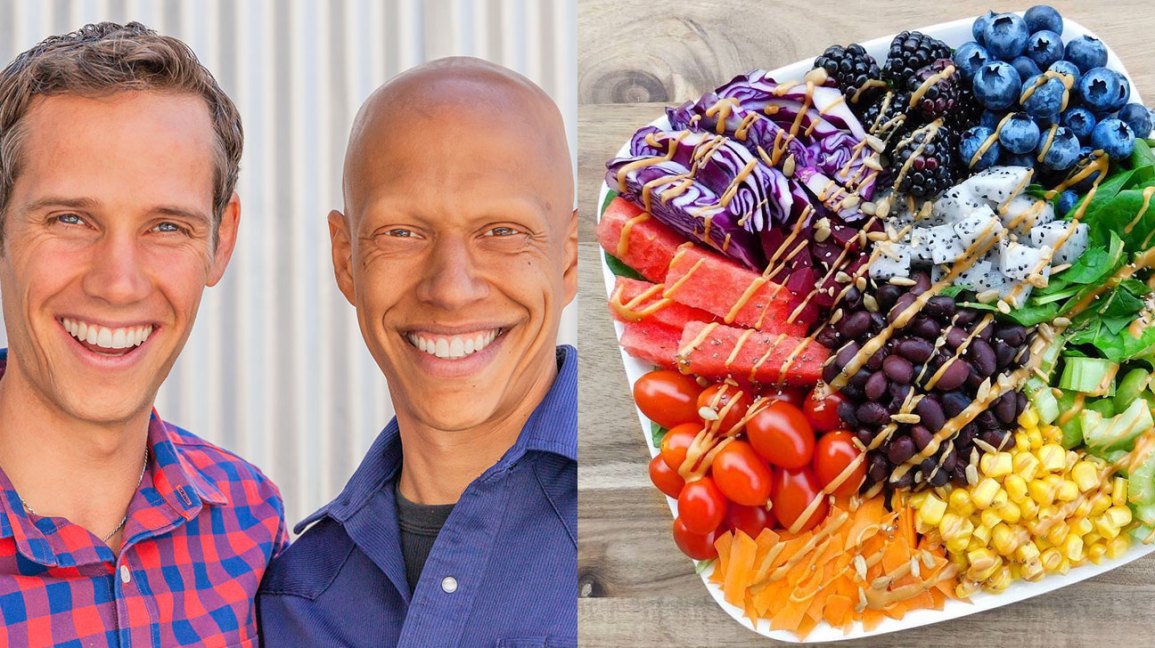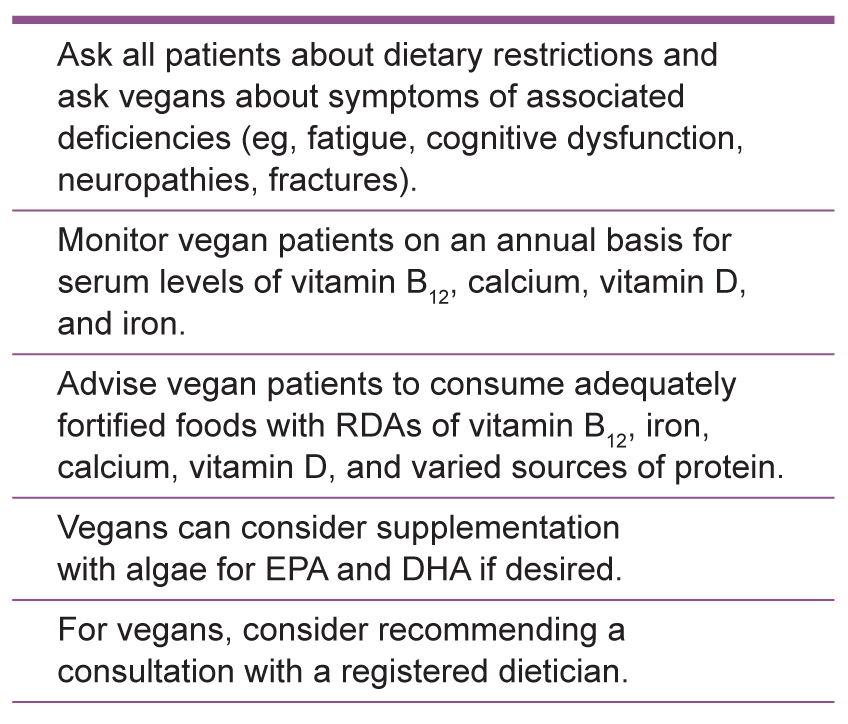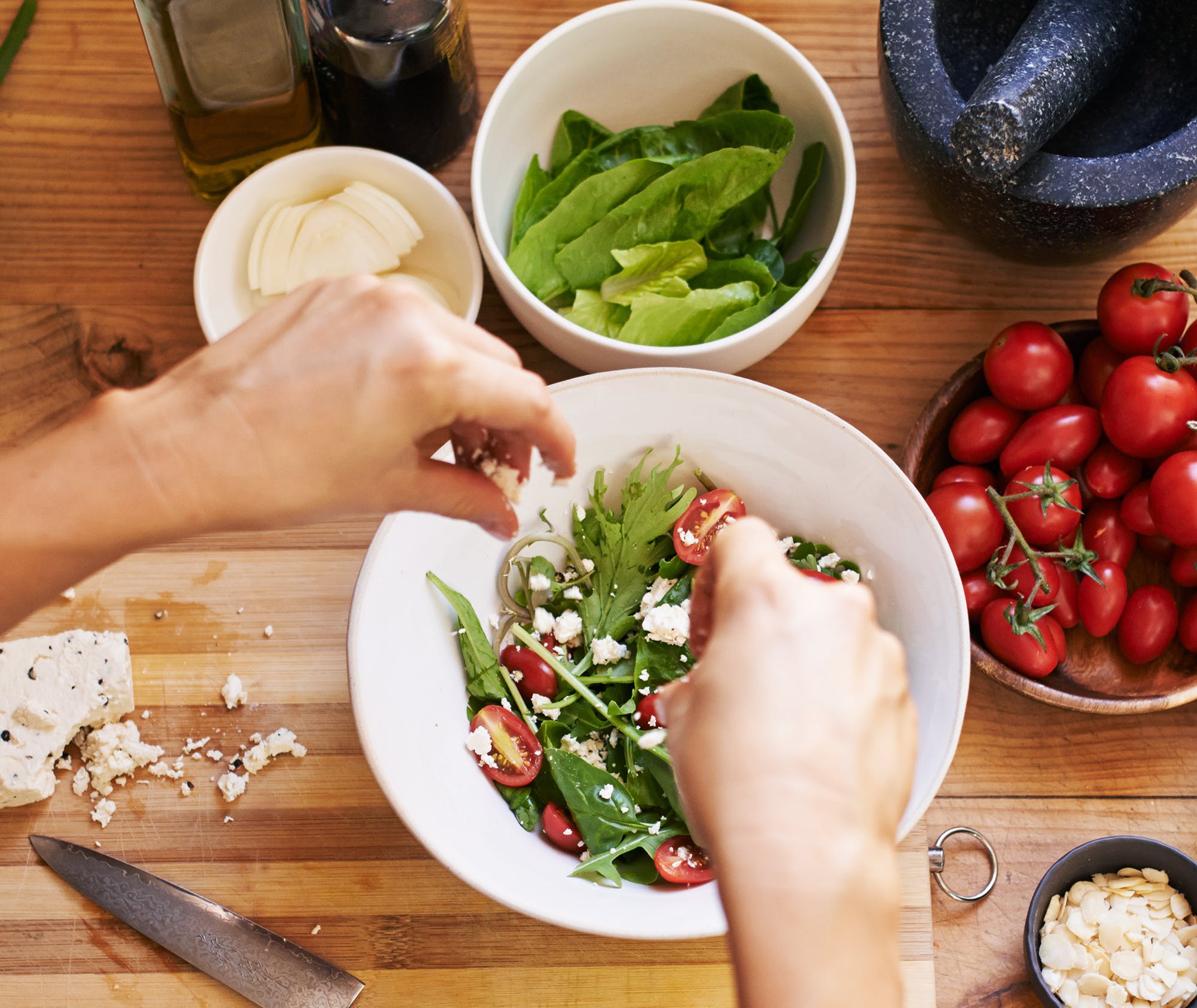
Natural lactic-set cheeses are suitable for vegetarians
Dairy producers are working hard to develop vegetarian-friendly products. Producing dairy products has been challenging themselves to find innovative and new ways to serve the growing numbers of vegans as well as vegetarians. Some producers use vegetable rennet (which is made from thistle, artichokes and fig tree latex) to ensure that vegetarians can enjoy dairy products. But vegetarians should look out for cheeses made without animal products like lactose-free.
Some cheeses may not be suitable for vegetarians but there are many choices. Many are made from non-animal protein rennet. Others are labeled vegetarian. The milk used can have an impact on the final taste of cheese. It will taste different if cow's milk has been used than goat's.
Parmesan cheese must have rennet in its texture to be preserved
Although animal stomachs are most commonly used to make rennet, some fungi can also be used to make it. Rennet is most commonly sourced from the stomachs young calfs. Some companies use plant-based, however. The consistency of the cheese's texture is maintained by rennet.

Rennet, an enzyme, aids the cheese to coagulate. It is essential in parmesan production, because it helps the cheese retain its smooth texture. However, rennet can cause serious health problems. It can cause allergies or other serious health problems. Parmesan cheese is not recommended for people with allergic reactions to casein and cow's dairy. It can be eaten in moderation by vegans and lacto-vegetarians. It can improve the nutritional content as well as enhance the taste.
Vegan cheese is distinct from dairy.
A new cheese called vegan cheese is making rapid progress in the mainstream. Its texture is almost identical to that of dairy cheese. Many people who are lactose intotolerant or vegan cannot tell the difference. This new vegan cheese is easily found at most natural foods stores and supermarkets. Tofutti was the first to market this category, but many great brands are available today.
Microbial fermentation, which is the process by which a cheese can be made without dairy protein, is also known. This method is very similar to making dairy cheese. It makes cheese by using bacterial cultures. This allows vegan cheesemakers the ability to recreate the texture and taste of dairy cheese.
Kosher cheeses do not contain animal rennet
Many Kosher Kosher cheeses are required to contain animal rennet. However, halachic authorities have not mandated this. Although rabbinical oversight is still necessary in many cases, the process of adding the rennet to cheeses is automated so that a rabbinic representative does not need to be present throughout the process. Because this process is costly and involves careful supervision, manufacturers of kosher hard cheese must charge higher prices to cover these costs.

If the animal was raised in accordance to kosher laws, rennet will be considered kosher. In a dairy environment, rennet is a flavorless substance, which means it does not add flavor to the cheese. A rabbinical inspection is necessary to ensure that the cheese doesn't contain alien rennet (the name given star worshipers cheese). Sometimes, non-Jewish cheddar may contain chalav, a form of rennet.
Alternative to animal rennet, recombinantrennet can be used instead
There may be an alternative to animal protein rennet if you are vegetarian or vegan. There is a microbial rennet, which is not derived from animal cells. This product has been genetically modified so that it can be made from chymosin. Although not 100% vegetarian friendly, this product is an excellent vegetarian alternative to animal and rennet.
Vegetable rennet offers a distinct taste and texture that sets it apart from animal-based cheeses. This type rennet is known for its briny flavor, which can make it an excellent culinary choice over traditional cheeses. Many people grow their vegetables to make vegetarian cheese.
FAQ
What is the difference between a calorie or a kilocalorie.
Calories can be used to measure how much energy is in food. The unit of measurement is called a calorie. One calorie is the amount of energy required to heat one gram water one degree Celsius.
Kilocalories are another term for calories. Kilocalories are measured as a thousandth of a calorie. 1000 calories is one kilocalorie.
Does being cold give you a weak immune system?
Being cold gives you a weaker immune system because when you are cold, your body produces less white blood cells which fight infections. Being cold can make you feel more comfortable because your brain releases endorphins which help reduce pain.
Why should we have a healthy lifestyle to begin with?
Living a healthy lifestyle can help you live longer and more happy lives. Healthy eating habits, regular exercise, healthy sleep habits, stress management, and good sleep habits can help to prevent heart disease, stroke, diabetes, cancer, and other serious diseases.
A healthy lifestyle can also help improve mental health and make it easier to deal with everyday stressors. A healthy lifestyle will help you feel more confident and younger.
What are the 7 keys to a healthy, happy life?
-
You should eat right
-
Exercise regularly
-
Sleep well
-
Drink lots of water
-
Get enough rest
-
Be happy
-
Smile often
What is the problem of BMI?
BMI stands to Body Mass Index. This refers to the measurement of body weight based on height. BMI is calculated using the following formula:
The weight of a kilogram divided by its squared height in meters.
The result can be expressed as a number, ranging from 0 through 25. Scores between 0 and 25 indicate obesity. Scores higher than 18.5 are considered overweight. Scores higher than 23 are considered obese.
A person of 100kg with a height of 1.75m will have 22 BMI.
How can I get enough vitamins?
Your diet can provide most of your daily requirements. Supplements can be beneficial if you are missing a specific vitamin. A multivitamin supplement can provide all the vitamins you require. You can also buy individual vitamins at your local pharmacy.
Talk to your doctor if you have concerns about getting enough nutrients. Dark green leafy vegetables like spinach, broccoli and kale, as well as turnip greens and mustard greens such as turnip and mustard greens and bok choy, are rich in vitamins K & E.
Ask your doctor if there is any doubt about how much vitamin you should be taking. The doctor will determine the proper dosage based upon your medical history as well as your current health.
Statistics
- In both adults and children, the intake of free sugars should be reduced to less than 10% of total energy intake. (who.int)
- WHO recommends consuming less than 5% of total energy intake for additional health benefits. (who.int)
- WHO recommends reducing saturated fats to less than 10% of total energy intake; reducing trans-fats to less than 1% of total energy intake; and replacing both saturated fats and trans-fats to unsaturated fats. (who.int)
- nutrients.[17]X Research sourceWhole grains to try include: 100% whole wheat pasta and bread, brown rice, whole grain oats, farro, millet, quinoa, and barley. (wikihow.com)
External Links
How To
What does the term "vitamins" mean?
Vitamins are organic compounds that can be found in foods. Vitamins help us absorb nutrients from foods we eat. Vitamins are not made by the body, so they must be obtained through food.
There are two types of vitamins: water soluble and fat soluble. Water-soluble vitamins dissolve readily in water. Vitamin C,B1(thiamine), B2 (2riboflavin), and B3 (3niacin), as well as vitamin C,B1, B2 (riboflavin), and B3 (niacin), vitamin B6 (pyridoxine), vitamin folic acid (biotin), pantothenic, and choline are examples. Fat soluble vitamins are stored in the liver and fatty tissue. Vitamin D, E, K and A are some examples.
Vitamins are classified according to their biological activity. There are eight main groups of vitamins.
-
A - vital for normal growth and maintaining good health.
-
C is important for nerve function and energy production.
-
D - necessary for healthy bones and teeth.
-
E is required for good vision and reproduction.
-
K – Required for healthy muscles & nerves.
-
P - Vital for strong bones and teeth.
-
Q - Aids in digestion and absorption.
-
R - Red blood cells are made from red blood cells.
The recommended daily intake (RDA), of vitamins varies with age, gender and physical conditions. The U.S. Food and Drug Administration has established the RDA values.
For adults over 19 years, the RDA is 400 mg per day for vitamin A. Pregnant mothers need 600 micrograms a day to ensure fetal growth. Children ages 1-8 require 900 micrograms per day. Children under 1 year old require 700 micrograms daily, while infants over one year old need 500 micrograms every day. This decreases between 9 and 12 months.
Children between the ages of 1-18 need 800 micrograms per daily for obesity, while those overweight require 1000 micrograms. To meet their nutritional needs, children underweight and obese need 1200micrograms.
Children ages 4-8 years who have been diagnosed with anemia need 2200 micrograms per day of vitamin C.
2000 micrograms are required daily for good health in adults over 50. Because of their higher nutrient needs, women who are pregnant or nursing need 3000 mg per day.
Adults over 70 require 1500 micrograms each day, since they lose approximately 10% of muscle mass each decade.
Women who are pregnant and lactating need more nutrients than the RDA. Pregnant woman need 4000 micrograms daily in pregnancy and 2500 per day after childbirth. Breastfeeding mothers need 5000 mg per day when breastmilk is being produced.